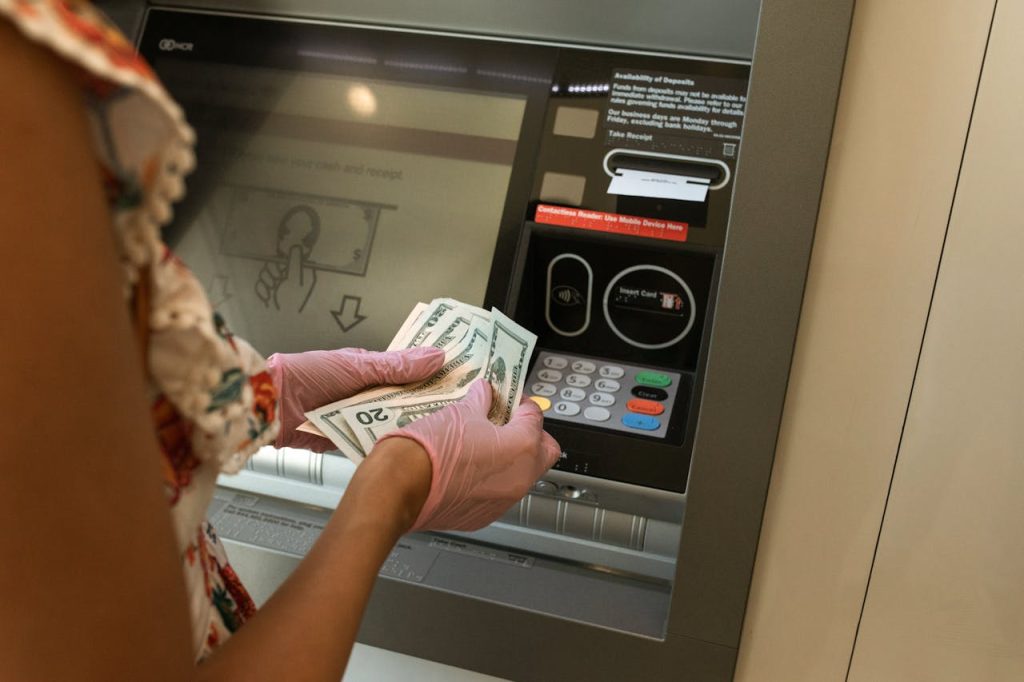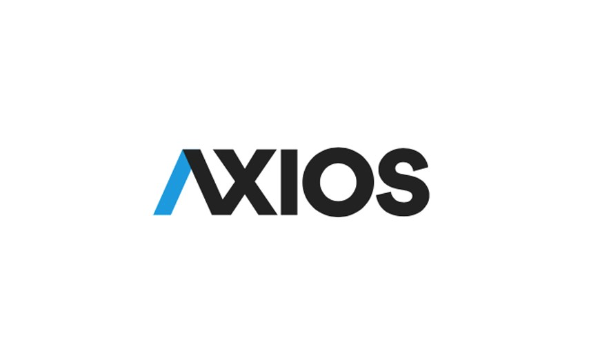
Banking should make your life easier, not quietly drain your wallet. Yet, many people are losing money to sneaky bank fees they barely notice—until it’s too late. These charges can add up fast, eating into your hard-earned cash and making it harder to reach your financial goals. The good news? Most of these fees are avoidable if you know what to look for and how to sidestep them. Understanding the most common bank fees and how to dodge them can help you keep more money in your pocket. Let’s break down the eight most common sneaky bank fees and give you practical tips to avoid them.
1. Monthly Maintenance Fees
Monthly maintenance fees are one of the most common bank fees, and they can quietly chip away at your balance. Banks often charge these fees just for keeping your account open, especially if you don’t meet specific requirements like maintaining a minimum balance or setting up direct deposit. These fees can range from $5 to $15 per month, totaling $60 to $180 per year. To dodge this fee, look for banks that offer no-fee checking or savings accounts. Many online banks and credit unions provide free accounts with no strings attached. If you prefer your current bank, ask about ways to waive the fee—sometimes, setting up a recurring direct deposit or keeping a certain balance is all it takes.
2. Overdraft Fees
Overdraft fees are a classic example of a sneaky bank fee that can catch you off guard. If you spend more than you have in your account, your bank may cover the transaction but hit you with a hefty fee, often $35 or more per incident. Some banks even charge multiple overdraft fees in a single day. To avoid this, opt out of overdraft protection, which may seem helpful but often results in additional fees. Instead, set up low-balance alerts and link your checking account to a savings account for automatic transfers.
3. ATM Fees
Using an out-of-network ATM can cost you twice, once from your bank and again from the ATM owner. These fees can total $4 or more per transaction. If you withdraw cash a few times a month, that’s a significant hit. To dodge ATM fees, use your bank’s ATM locator app to find free machines nearby. Some banks also reimburse ATM fees up to a certain amount each month, so consider switching if your current bank doesn’t offer this perk. Alternatively, you can earn cash back at grocery stores when making purchases, which is usually free.
4. Paper Statement Fees
Banks are increasingly charging for paper statements, with fees ranging from $2 to $5 per month. Although it may seem minor, this fee is easily avoidable. Switch to electronic statements, which are not only free but also more secure and environmentally friendly. Most banks make it easy to opt in to e-statements through their online banking portal. If you need a paper copy for your records, you can usually print one at home.
5. Excessive Transaction Fees
Savings accounts are designed for saving, not frequent transactions. Many banks limit the number of withdrawals or transfers you can make from a savings account each month. Exceeding the limit may result in a fee of $10 or more per additional transaction. To avoid this, keep your savings and spending separate. Use your checking account for everyday transactions and reserve your savings account for, well, saving. If you frequently need to transfer money, consider a checking account with no transaction limits.
6. Foreign Transaction Fees
Traveling abroad or shopping online from international retailers? You might be paying foreign transaction fees without realizing it. These fees, typically around 3% of the transaction amount, can add up quickly. To dodge them, use a credit card or bank account that doesn’t charge foreign transaction fees. Many travel-focused credit cards and some online banks offer this feature. Always check your card’s terms before making international purchases.
7. Returned Deposit Fees
Depositing a check that bounces can cost you, even if you’re not at fault. Banks may charge a returned deposit fee, usually around $10 to $15, if a check you deposit is returned unpaid. To avoid this, only accept checks from trusted sources and consider using mobile deposit, which can sometimes flag suspicious checks before they are deposited. If you’re paid by check regularly, ask your employer or clients about direct deposit options.
8. Inactivity Fees
Some banks charge inactivity fees if you don’t use your account for a certain period, often six to twelve months. These fees can range from $5 to $20 per month and can quickly drain a dormant account. To avoid inactivity fees, set a calendar reminder to make a small transaction—like transferring a few dollars or making a debit card purchase—every few months. If you have an account you no longer use, consider closing it or consolidating your funds.
Take Control: Make Sneaky Bank Fees a Thing of the Past
Bank fees don’t have to be an inevitable part of managing your money. By staying alert to these sneaky charges and taking a few proactive steps, you can keep more of your hard-earned cash where it belongs—in your account. Review your statements regularly, ask questions when you don’t understand a fee, and don’t be afraid to shop around for a better bank. The right habits and a little vigilance can help you dodge unnecessary costs and build a stronger financial future.
Have you ever been surprised by a sneaky bank fee? Share your story or tips in the comments below!
Read More
Vacation Without Breaking the Bank
The post 8 Sneaky Bank Fees You’re Probably Paying (And How to Dodge Them) appeared first on The Free Financial Advisor.







